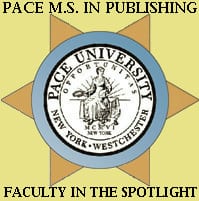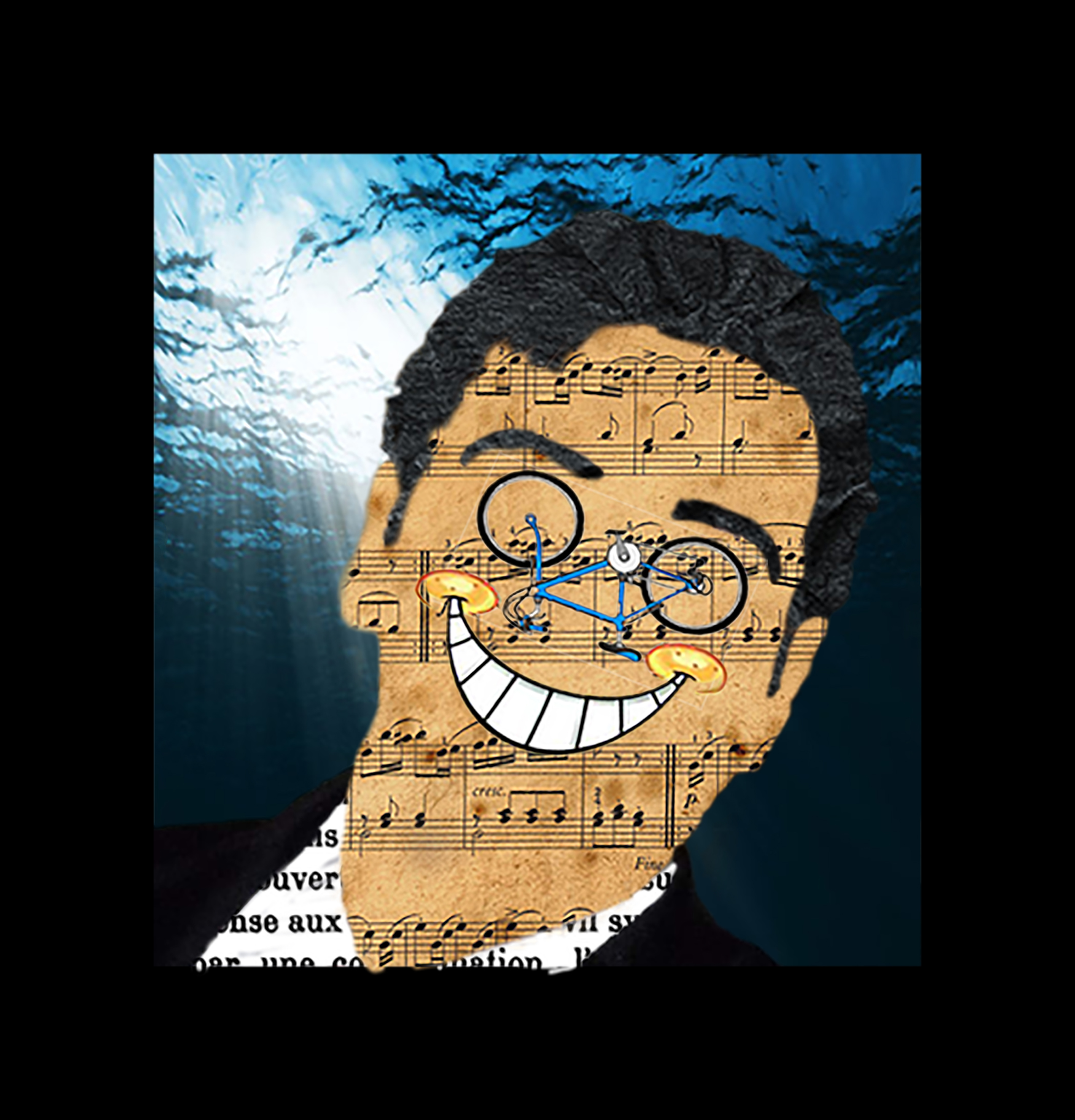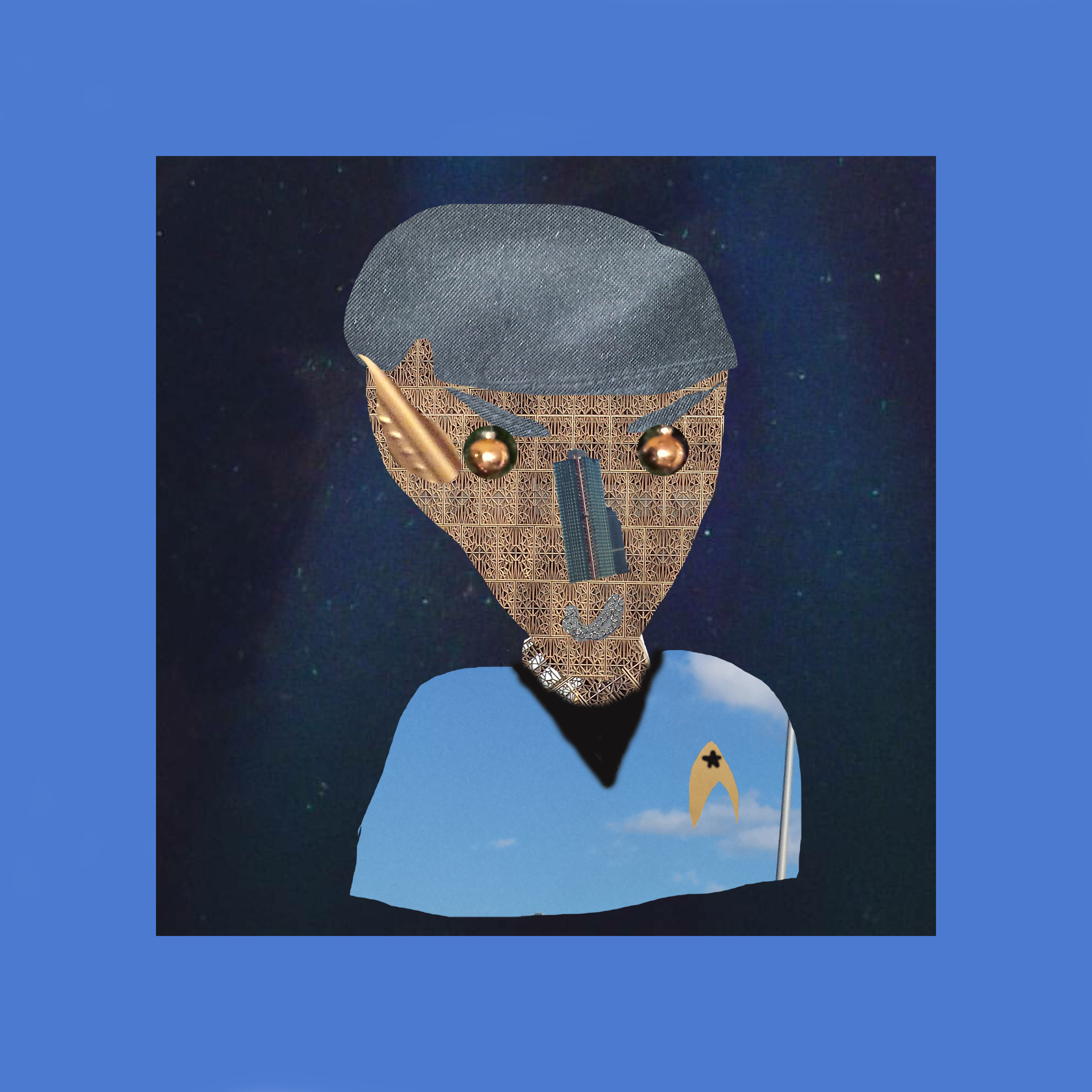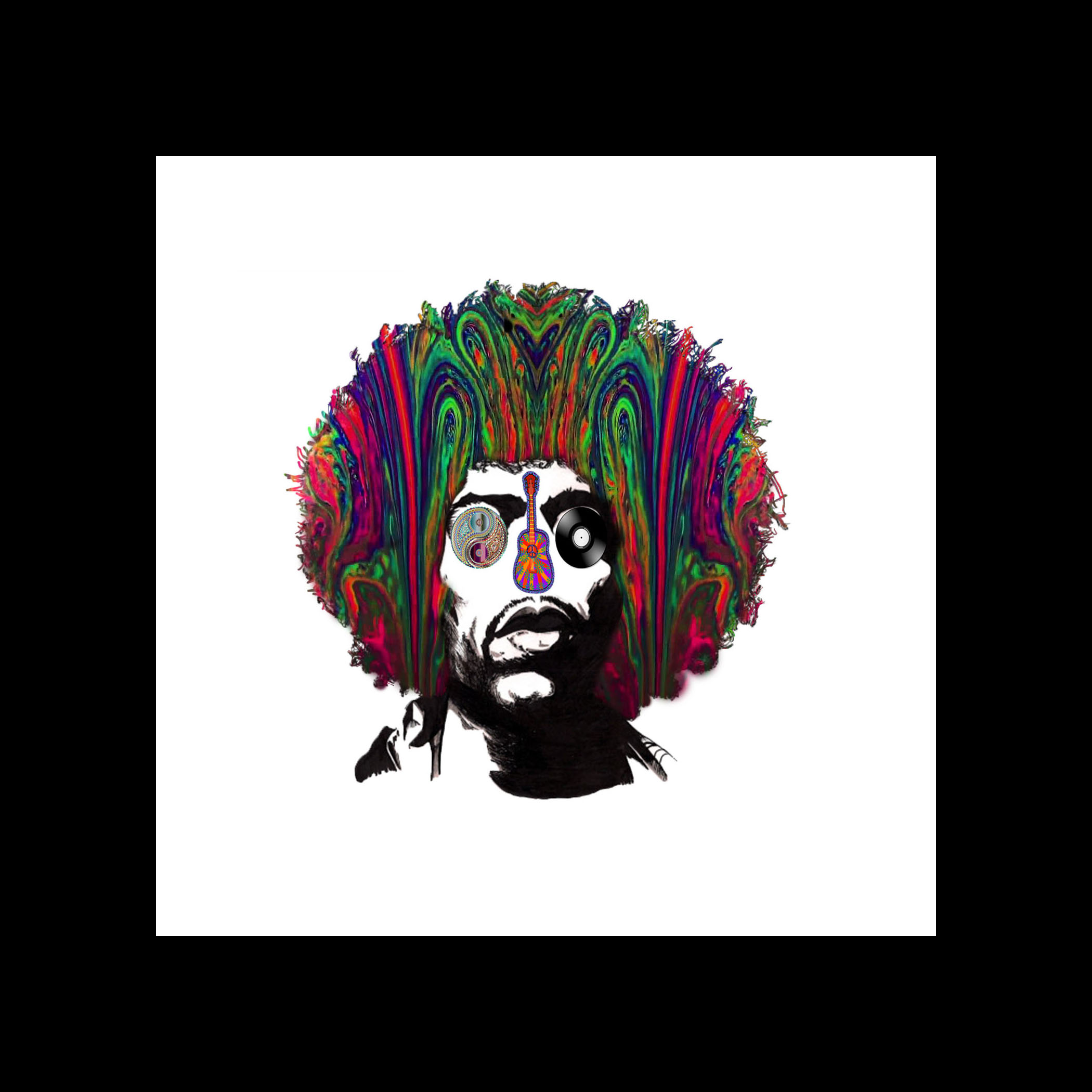Building Technical Skills Through Design Courses
 Professor Joseph Caserto, an award-winning graphic artist, educator, and consultant, is wrapping up his first year as an adjunct professor at Pace University’s Publishing Program.
Professor Joseph Caserto, an award-winning graphic artist, educator, and consultant, is wrapping up his first year as an adjunct professor at Pace University’s Publishing Program.
Professor Caserto earned a BFA with honors in Graphic Design from Pratt Institute, where he completed one of the first classes that covered the Mac as a design tool. With over 20 years of professional experience, he is currently a freelance art director and designer whose clients have included Billboard, BusinessWeek, Fortune, Marie Claire, and Vibe magazines. Caserto has taught at The City College of New York, New York University, and is a contributor to Udemy.com.
 Professor Caserto currently teaches PUB 633 Desktop Publishing for the Publishing Professional in the Fall semester, a prerequisite to the second course he teaches: PUB 635 Advanced Desktop Publishing and Image Manipulation and Management in the Spring. When asked what the value of these courses are to publishing students, Professor Caserto replied:
Professor Caserto currently teaches PUB 633 Desktop Publishing for the Publishing Professional in the Fall semester, a prerequisite to the second course he teaches: PUB 635 Advanced Desktop Publishing and Image Manipulation and Management in the Spring. When asked what the value of these courses are to publishing students, Professor Caserto replied:
To be marketable; Publishing professionals need to have broad skill sets and be prepared to take on projects that may be somewhat outside of their area of expertise. An editor who can do some basic Adobe Photoshop and InDesign techniques, for example resizing images and placing them in a newsletter she’s managing, will be more appealing to potential employers and clients than a candidate who only works in Microsoft Word.
Professor Caserto hopes that his students will learn to be more comfortable working with Adobe Creative Cloud applications and get to know some basic and essential foundations of design “like symbols, typography, color, imagery, and more.”
Professor Caserto said:
I expect my students to be responsible and professional as they work to understand how to use Adobe Illustrator, InDesign, and Photoshop to create basic graphics and layouts for publications. I provide materials that clearly define the objectives for each session and assignment, and supplement lectures with videos and resources posted on Blackboard, which students can access between sessions if they need to review or want to explore topics further.
Professor Caserto likes to ease his students into their assignments. Knowing that they are not necessarily design students, he often starts with assignments that will allow his students to get comfortable with the new techniques, such as drawing objects, resizing images, and color application. As his course progresses, the techniques start to build onto each other, allowing students to create more challenging imagery like posters, book and magazine layouts, and symbols.
One of Professor Caserto’s students, Genna Daniel, said, “I’m taking [this course] to learn more about design elements involved in making books and magazines. I am currently learning how to make magazine layouts, and this helps me expand my interest beyond just book publishing.”
Professor Caserto intends for his courses to allow students from different aspects of the publishing industry to learn about key concepts and techniques that will benefit them no matter what segment of the industry they are in. He approaches his class with a sense of ease and creates a course load that has gradual progression. By the end of his course, his students will utilize the skills they have learned over the course of the semester to create striking images and designs and learn about the daily tasks of design professionals.
Professor Caserto has shared with us some of the work that his Advanced Desktop Publishing students have created so far in the class:
Nicole Cadavid




